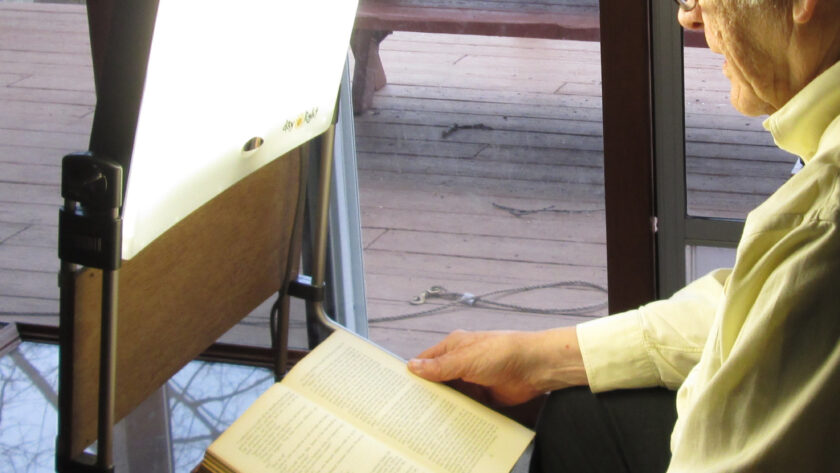Phototherapy, aka heliotherapy, in its most primitive form originated from ancient Egyptian and Indian healing practices that date back to at least 1,550 BC – 1,500 BC. However, modern phototherapy reached its first point of prominence in the 1890s. In 1893, Niels Ryberg Finsen presented and published data to support his claim of successfully treating (not curing) lupus vulgaris, aka skin tuberculosis with his special ray lamp.
Several decades later in 1974, photochemotherapy was developed to treat skin carcinomas for the first time and it delivered an impressive rate of success. From that point on, heliotherapy or light therapy has been revolutionised and expanded for use across multiple fields of dermatology.
How is Phototherapy Used to Treat Skin Conditions?
It was discovered early on that the selective use of light rays can indeed be used to considerably accelerate tissue regeneration. On the other hand, a combination of chemicals and light can be used to simultaneously kill infected/cancerous cells, while boosting healthy skin cell growth. There are several variations of heliotherapy and the actual process will differ depending on the treatment’s goals and the techniques used. Nevertheless, the core mechanism of all light therapy revolves around boosting healthy cell regeneration.
Which Skin Conditions Can be Treated via Phototherapy?
It is difficult to point out exactly which specific skin conditions can be treated successfully through phototherapy, as it is used as a supplemental treatment for several general skin diseases, as well as certain types of cancers. Nevertheless, the effects of UV-B and PUVA have been found to be particularly effective against the degenerative effects of vitiligo, psoriasis, and cutaneous T-cell lymphoma. It should be noted that results also vary depending on the kind of light therapy treatment process is being used and professional expertise.
What is LED Phototherapy?
LED phototherapy is a risk and pain free form of light therapy, used to simultaneously accelerate natural skin rejuvenation and improve mental wellbeing. Unlike photochemotherapy (PUVA) or UV-B ray therapy, LED phototherapy does not use ultraviolet radiation or chemicals to achieve the desired effects.
Today, it’s a popular antiaging skin treatment that instigates collagen regeneration for suppler, younger, and more radiant skin. These effects are usually visible in less than 60-minutes, but repeated sessions are recommended to see better and more long-lasting effects. Find more information about LED Phototherapy and other skin treatment options on karmaholywood.co.uk.
What is Photodynamic Therapy?
Similar to photochemotherapy, photodynamic therapy combines a chemical and light treatment together to treat certain cancers. The main difference between photochemotherapy and photodynamic therapy is that the latter is used to treat nondermatological cancers and precancers (conditions that are likely to become malignant). The use of photodynamic therapy has been observed to be most effective when used to treat oesophageal cancer, endobronchial cancer, and Barrett’s oesophagus.
It should be noted that aside from its efficacy in treating skin diseases, cancers, and signs of premature aging, efficient heliotherapy is also effective in treating conditions such as DSPS, insomnia, depression, anxiety, and SAD to name just a few.




